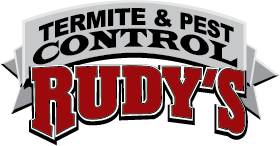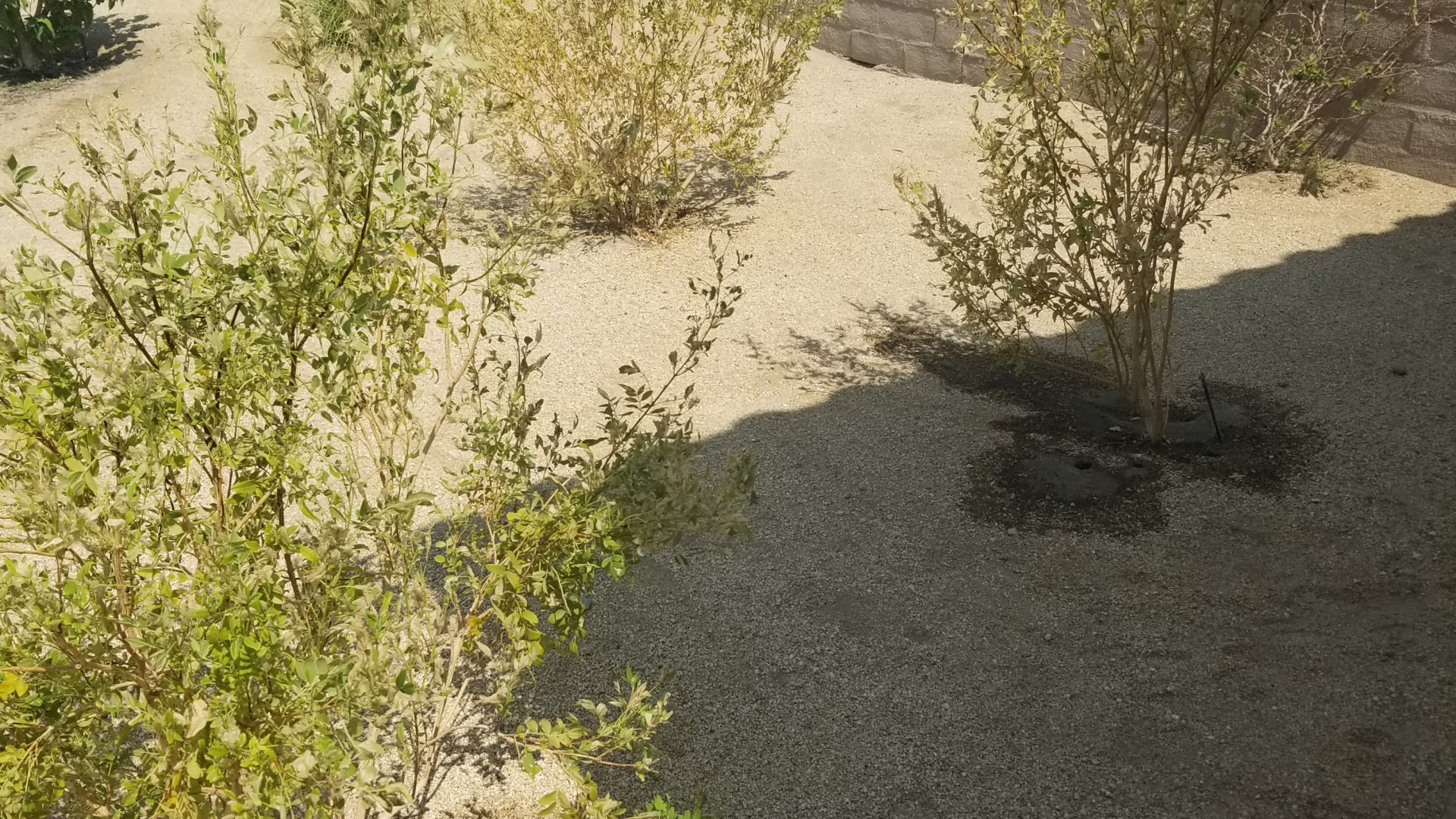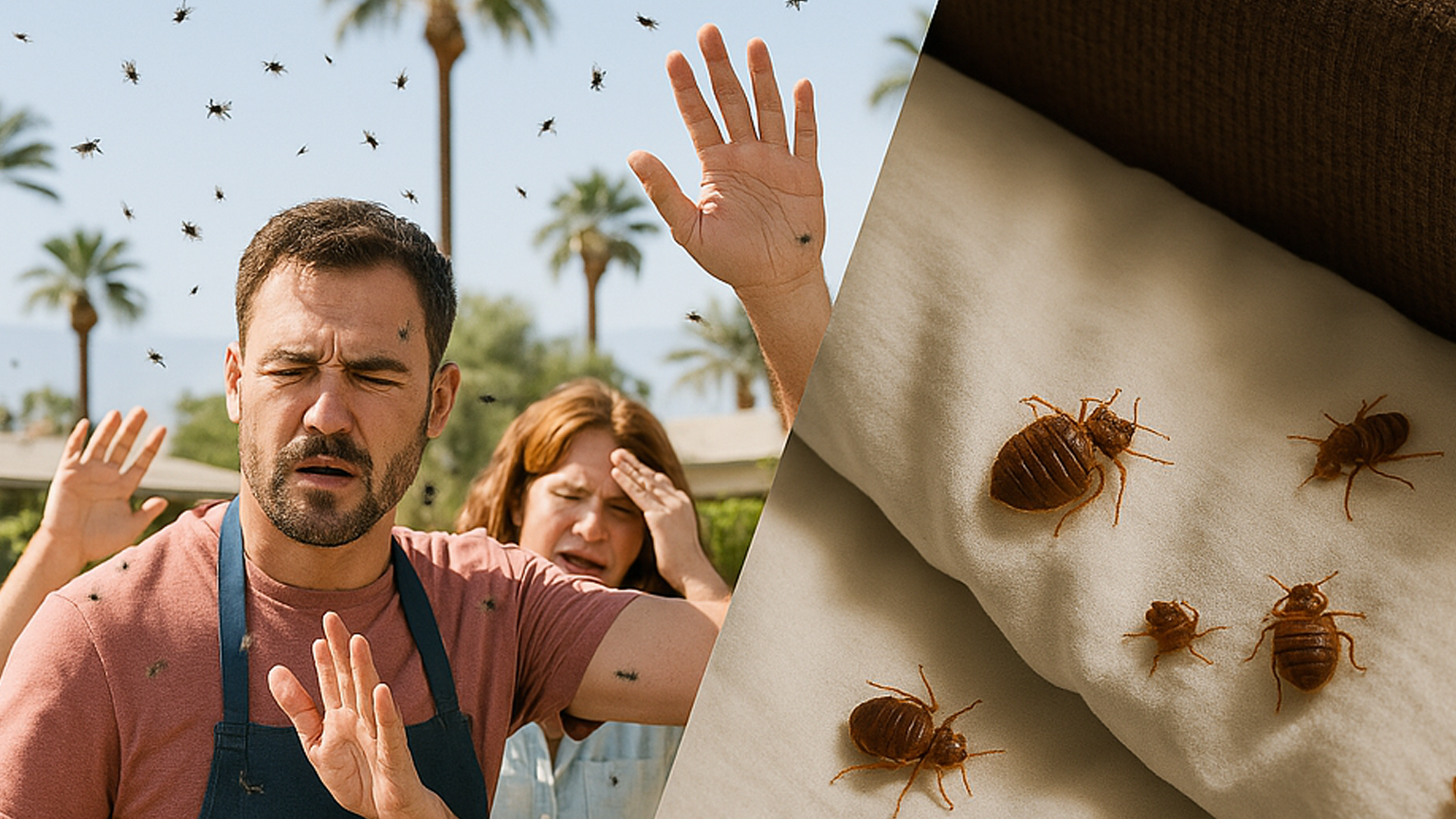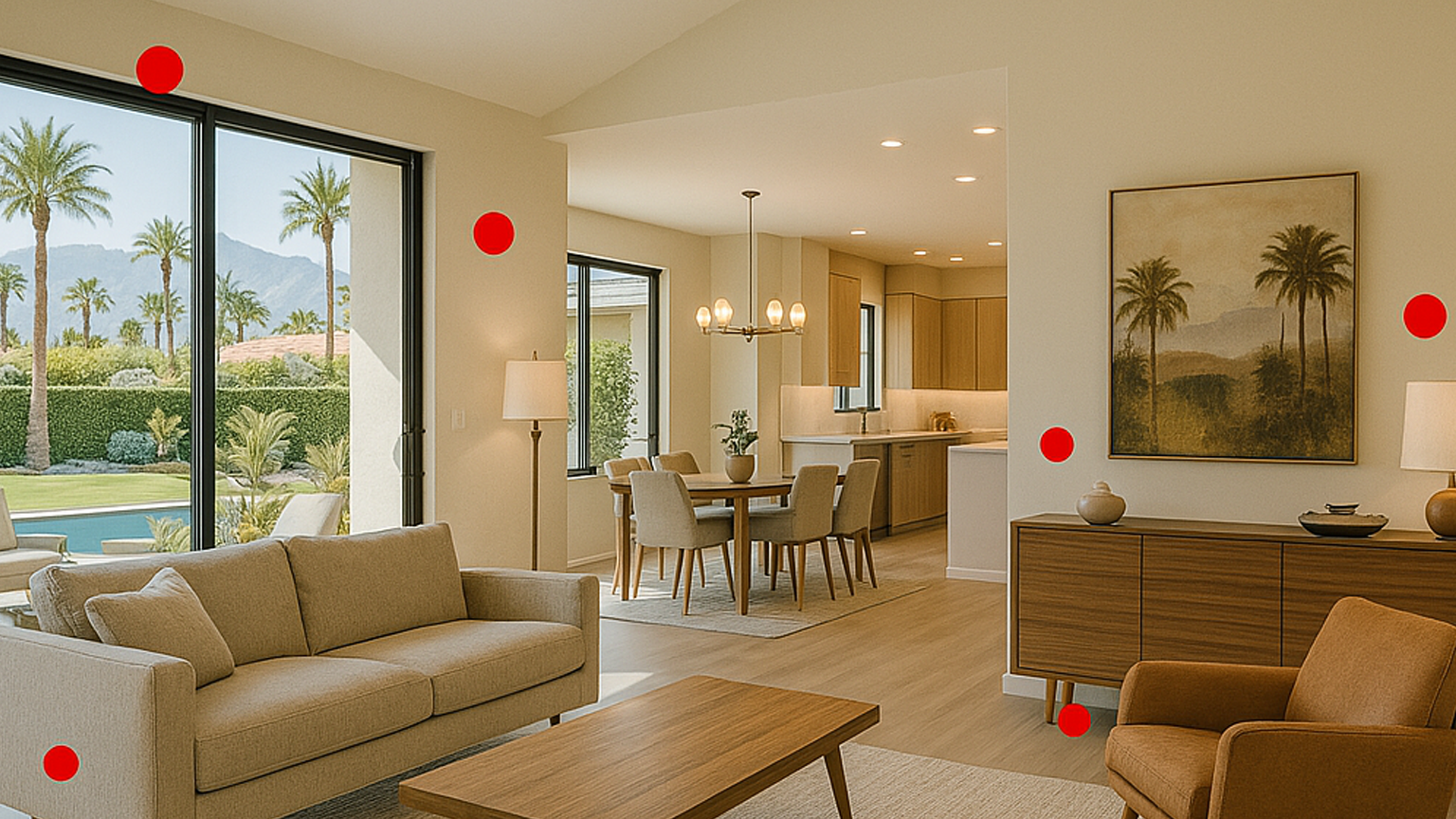Have you noticed that your Bougainvilleas or Tacoma stans (Yellow Bells) are looking distressed or, in the Tacoma stans’ case, a complete browning or even complete defoliation? Well, there’s a good reason for this. We are experiencing a Valley-wide invasion of the Bougainvillea Looper Worm.
The worm or caterpillar itself is known scientifically as Disclisioprocta stellata. It’s the larvae of the Somber Carpet Moth, and it’s sometimes called the common inch worm. The Looper Worm is in the Family known as Noctuoidea and the order of Lepidoptera, which is the Order that most butterflies and moths belong to. Loopers have a life span of 24-33 days and usually exist over winter in cocoons, attaching to plant/debris, emerging in the spring, and are only active at night.
Noctuidae, as it is sometimes called, is the second largest family in Noctuoidea with 1089 genera and 11,772 species.
We started to notice Looper Worm activity and plant damage about 8-9 years ago and it seemed to be seasonal, emerging in spring. However, we think that global warming has caused environmental changes in the Looper life cycle, as in many other plant pests in the Coachella Valley, and we’re experiencing year-round infestation activity.
How do you know if you have the Bougainvillea Looper Worm?
The first indication is simply: what do your Bougainvilleas and Tacoma stans (Yellow Bells) look like? In just the last month or so the Tacoma stans Valley-wide took a huge hit from this plant pest and have been completely defoliated, or the leaves have turned brown. This browning of the leaves is actually the insect skeletonizing the leaf by foraging on the green fleshy part of the leaf, leaving behind only a shell or skeleton of the former leaf. The second indication is black pepper-like spots on the leaf and on the ground below the plant. These black spots are actually droppings from the worm; hardscape under the affected plants may become sticky.
What kind of damage is to be expected?
Most mature Bougainvilleas can withstand a Looper Worm infestation, but the worms may be a threat to young newly planted Bougainvilleas. The Bougainvilleas will be unsightly, and bloom will be inhibited because the worm is eating new tender growth that usually turns into bloom. The Tacoma stans, however, is a totally different story. The Loopers ravage the plant, leaving skeletonized leaves and defoliating the entire plant. The damage to the Tacomas has happened so fast here in the Valley in the last month or so, and has devastated most Tacomas Valley-wide.
What can we do to protect our Bougainvilleas and Tacomas?
In the past, nature has been able to control this pest with natural predators such as birds and omnivorous animals. However, due to global environmental changes, Looper Worms have become such a prolific pest year-round that populations multiply faster than predators can eat them. Fortunately, Bougainvilleas rarely die from the pest, and with the application of insecticides coupled with fertilization, they can thrive once again. We are seeing promising results with Tacoma treatments as well. Some of these Tacomas on our program have already completely recovered. So be patient. With a little help, the Tacomas can make a full recovery, and you won’t have to make expensive plant replacements.
Treatment options are available, but be cautious of over-the-counter products to treat your Bougainvilleas, as the plants can be sensitive to some chemical treatments. These treatments can cause more damage to the plant than the actual pest itself. Systemic insecticides are one option that can be applied to the foliage or the root zone. The use of these types of pesticides can also kill beneficial predator insects, causing unwanted pests to populate. We have a more environmentally-friendly solution to this problem, utilizing some organic options. One organic approach is with Bacillus Thuringiensis (BT). This is a bacterial product that controls the worm by disrupting the gut, thus starving the worm. This works well to control young larvae, but it’s not very effective on older larvae, and BT has to be applied every two weeks to be effective.
At Rudy’s our approach to controlling this pest also utilizes an organic product followed with an organic/synthetic fertilization. The product we use is a class 5 insecticide with the active ingredient Spinosad. Class 5 insecticides are not required by the EPA to post a signal word on the label. Signal words are required on all other EPA-regulated pesticides to signify the relative toxicity of a pesticide.
The class five products, such as Spinosad, are far more environmentally friendly than other pesticide classes. With Spinosad, more than one application may be necessary. Although Spinosad is less toxic, it’s still toxic to bees. Care must be taken to not apply Spinosad to any flowering plants and/or not to apply when bees are foraging in the proximity of the application.
One benefit of using Spinosad is that it does not have a significant impact on certain parasitic insects or the natural predaceous arthropod complex in treated areas. Other more toxic insecticides, including systemic products, can wipe out all beneficial insects along with the targeted pest, allowing other more detrimental insect pests to populate.
So, with a little patience along with some practical treatment options, complete recovery of the Tacoma stans shrub is possible. Reach out to Rudy’s today to protect your plants, your yard, and your property value from the Looper Worm invasion.





